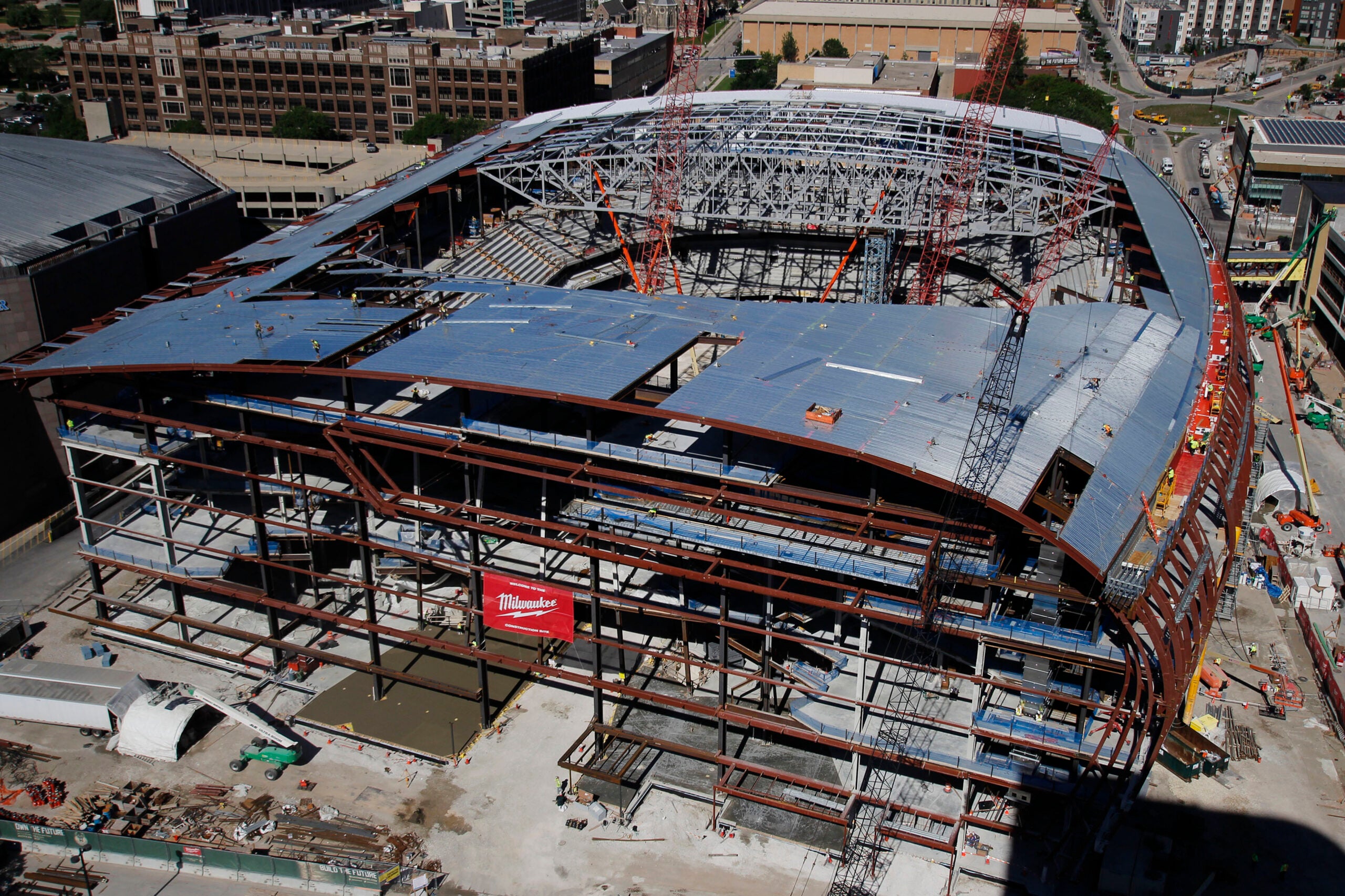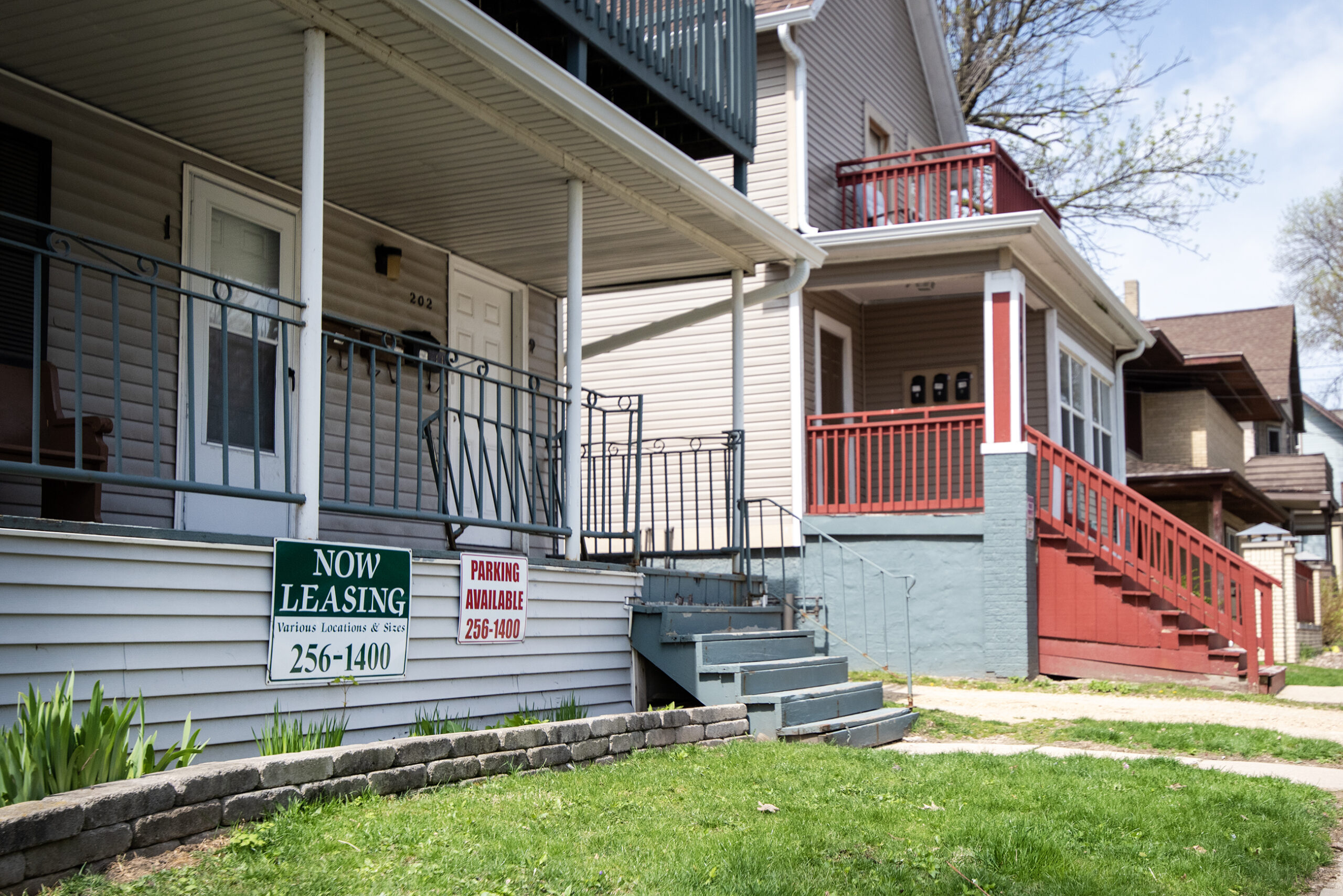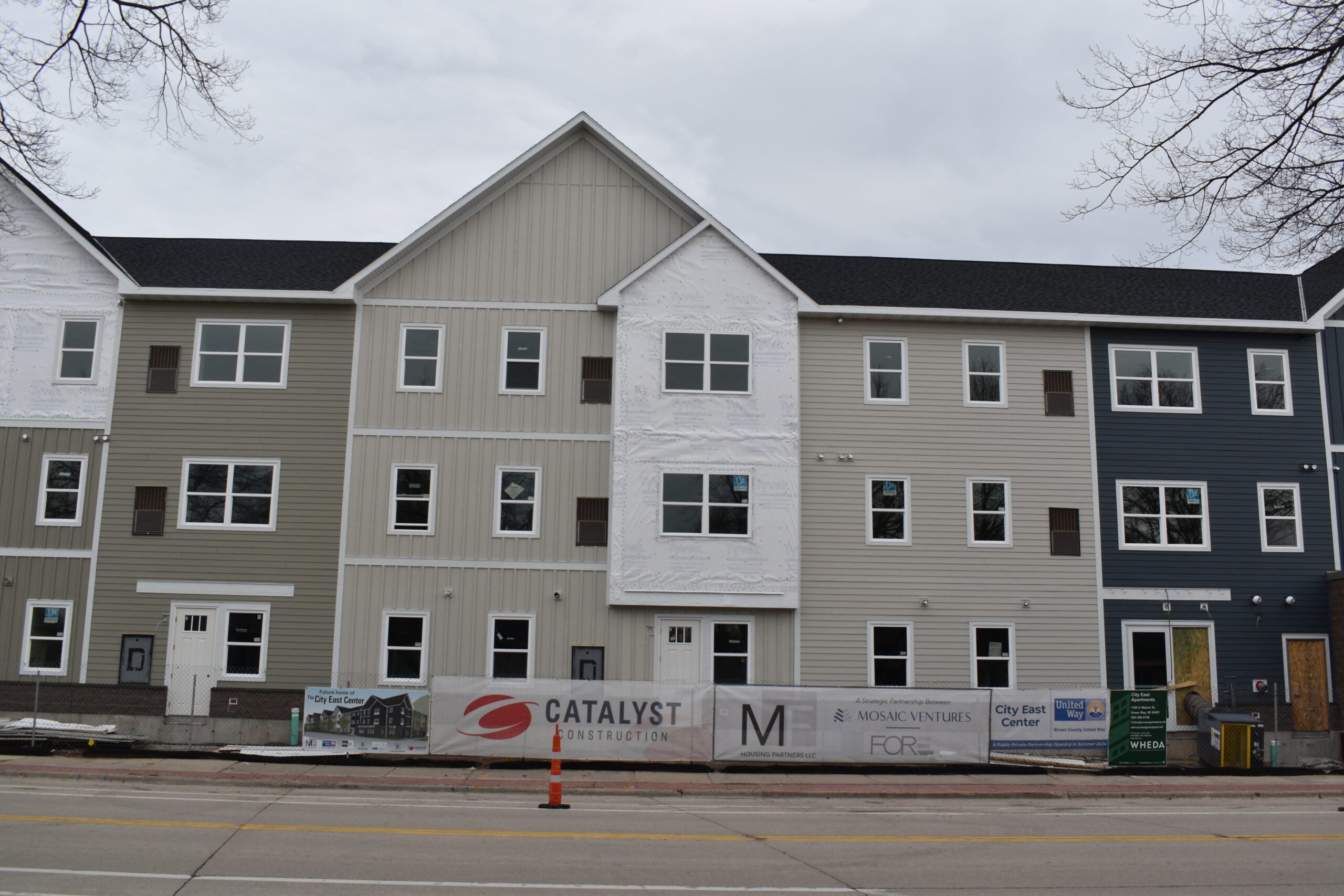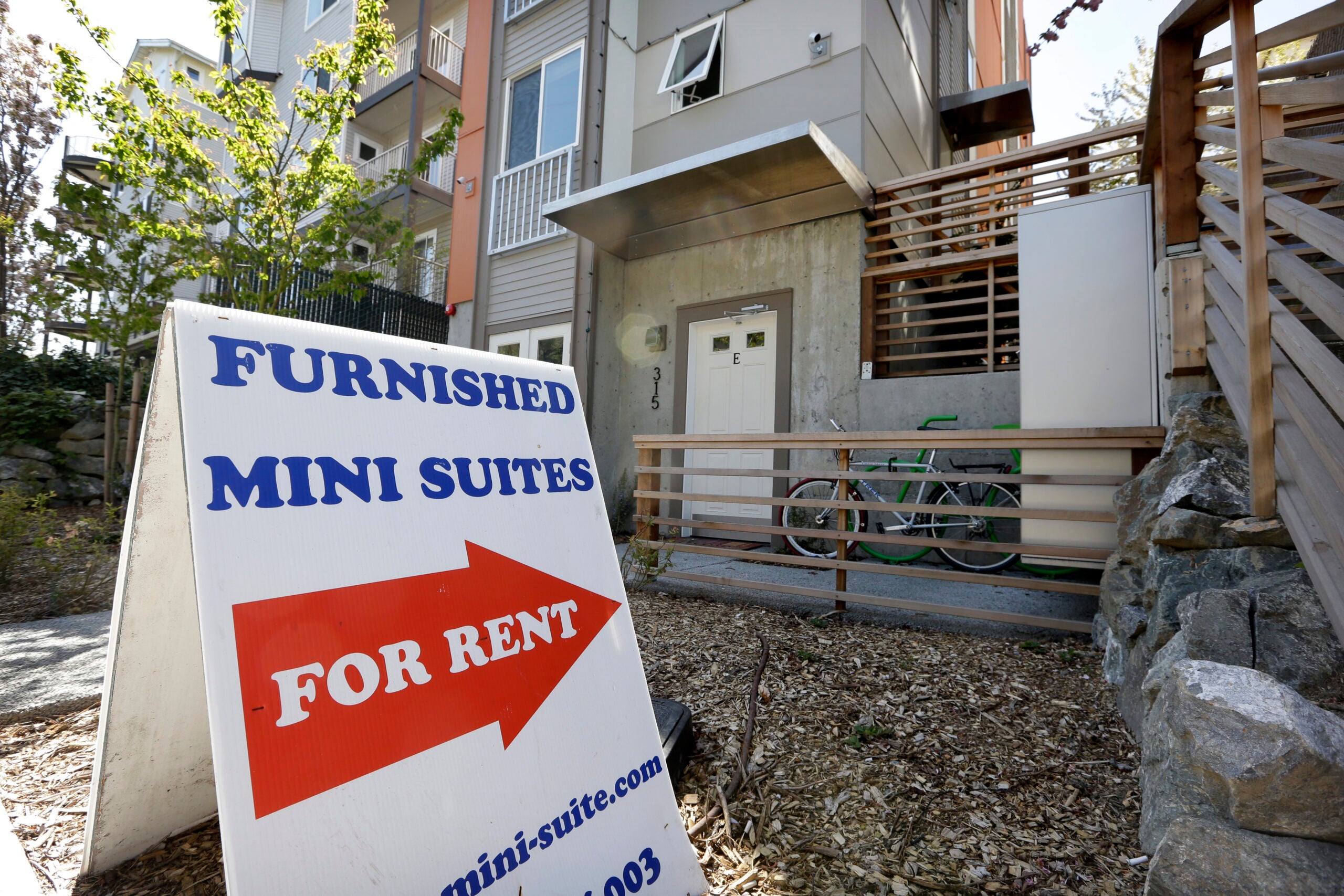A new report lays out recommendations to prevent Milwaukee residents around the city’s developing downtown from being displaced. Still, members of Milwaukee’s Common Council worry rapid development could lead to gentrification.
The “Anti-Displacement Plan” was produced by the Milwaukee Department of City Development at the common council’s request.
The report found that the City of Milwaukee should continue its efforts to help renters become homeowners and help current homeowners keep their properties. It also recommended that the city create policies to build new affordable housing.
Stay informed on the latest news
Sign up for WPR’s email newsletter.
“In addition to attracting investment and increasing the tax base, our role at local government is to craft policies and programs that preserve choice and protect the ability of existing residents to stay in the neighborhood,” said Sam Leichtling, a planning manager for the city, adding that these recommendations are not meant to stop or slow neighborhood investment.
Using census data from between 2000 and 2016, the report looked for decreases in residents of color and increases in median income as signs of gentrification.
The DCD found possible indicators of gentrification in just 10 percent of the approximately 70 neighborhoods it studied in the surrounding downtown area.
Nolan Zaroff, senior planner for the City of Milwaukee, said some neighborhoods are actually displaying opposite signs of gentrification or displacement. Instead, he said, they are seeing their populations of people of color and concentrations of low-income housing rise while median household incomes are staying relatively flat.
But the snapshot of data the department looks at doesn’t capture the majority of recent ancillary development. Because of this, Zaroff suggested the city should continue to track local housing markets and produce an update to the report annually.
Milwaukee Alderman José Pérez said some development is making better use of empty lots and abandoned properties, and while residents fear displacement, concrete information has been limited.
“We want to have real data on real information,” he said during a Zoning, Neighborhoods and Development Committee meeting. “I get phone calls pretty regularly on displacement and gentrification and we want to make sure we’re all looking at the same information.”
Wisconsin Public Radio, © Copyright 2024, Board of Regents of the University of Wisconsin System and Wisconsin Educational Communications Board.






